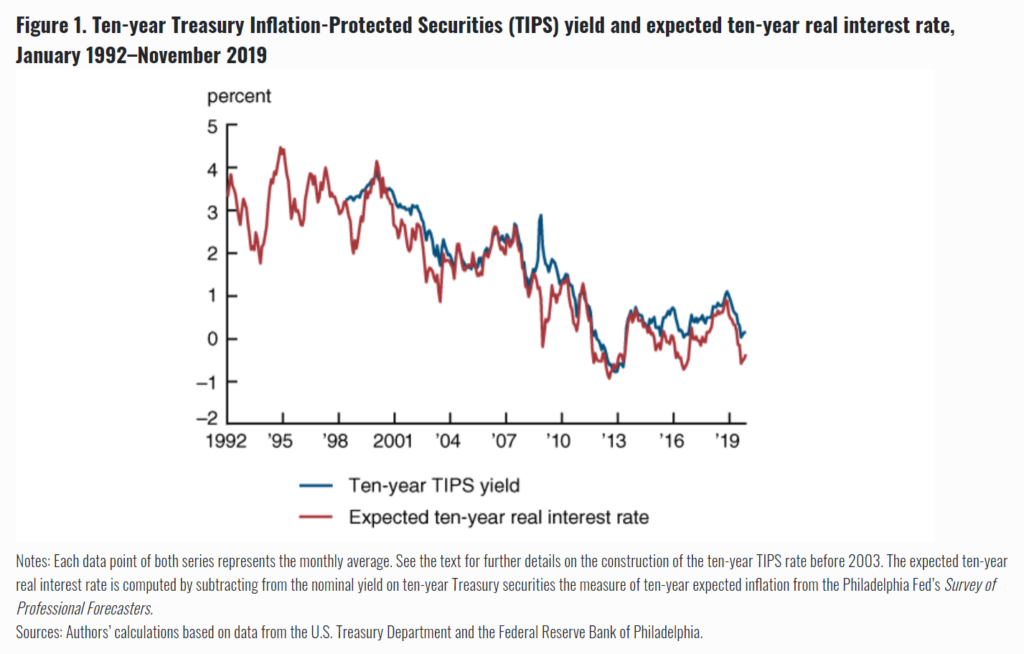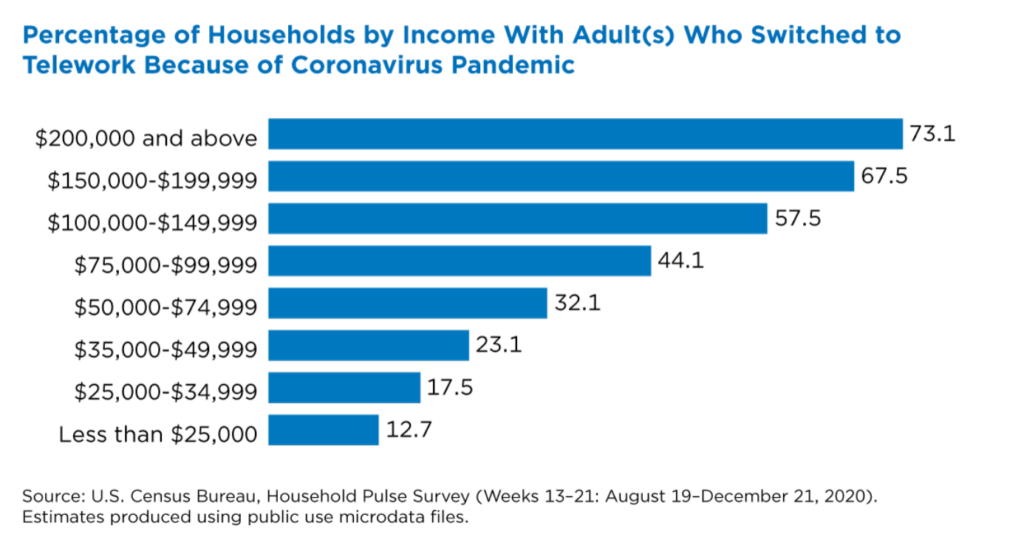Link: https://www.thinkadvisor.com/2021/03/30/5-worst-states-for-new-covid-19-cases/
Excerpt:
The fourth U.S. wave of COVID-19 cases has started.
It’s not yet clear whether the wave will be a big one, or a little swell tamped down by masks, vaccines and successful social distancing efforts. But the total number of new cases in the United States increased to 422,980 in the seven-day period ending March 27, up 11% from the total for the week ending March 20.
The number of cases per 100,000 residents increased to 127. That was up from 115 per 100,000 U.S. residents a week earlier, and up from a recent low of 113 per 100,000 U.S. residents two weeks earlier.
Author(s): Allison Bell
Publication Date: 30 March 2021
Publication Site: Think Advisor



